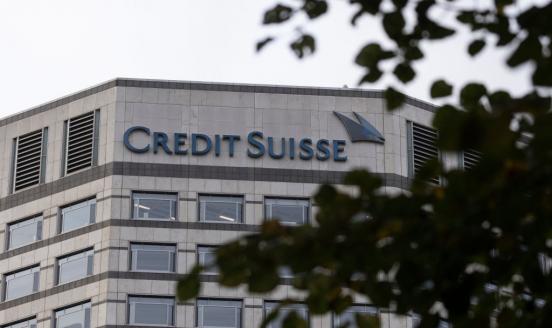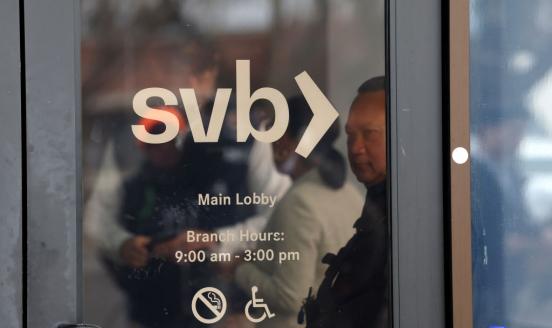European banking supervision: the first eighteen months
After its first 18 months, how has the SSM affected the European banking system?
Speakers
Pieter Verheugd
Manager Public & Government Affairs, ING,
Mario Nava
Director - General, DG Reform, European Commission
summary
See below for video and event materials
While the report presented by Dirk Schoenmaker and Nicolas Véron contains very insightful analyses, covering both quantitative and qualitative aspects of the European banking landscape, their focus in the event was on the assessment of European banking supervision.
Their assessment was based on four criteria:
- First of all, they found European banking supervision to be effective. For example, the organisation through Joint Supervisory Teams provides a clear line of command, and the system proved its ability by effectively managing banking aspects of the 2015 Greek crisis.
- Secondly, they found banking supervision to be tough. ECB supervision is intrusive and there seems to be less capture by supervised banks, partially explained by the geographical distance to Frankfurt. It has also not shied away from imposing higher capital requirements under SREP. However, this positive conclusion holds mostly for large banks and less so for less significant banks.
- Moreover, it seems to be broadly fair with no evidence for country-specific patterns, e.g. in SREP scores. However, they also point to the existence of heterogeneity of country-specific domestic systemic buffers, which are still set by national competent authorities.
- Fourthly, they found efficiency still to be an area for improvement. Finally, despite many positive aspects so far they point out that European banking supervision still has not broken the bank-sovereign vicious loop and allows for geographical ring-fencing.
Comments on the report by Mario Nava, Director at DG FISMA at the European Commission, and Pieter Verheugd, Manager of Public and Government Affairs at ING, largely shared the overall positive analysis of European banking supervision so far. The latter added a perspective from a bank directly affected by European banking supervision and found the idea of Banking Union appealing and argues that specific issues still left to national competent authorities should be removed.
Several questions in the Q&A session were about the supervisory set-up, e.g. the need and scope for legal revision of supervision, the relationship between SSM and non-SSM countries, and ring-fencing.
As for the first, Dirk Schoenmaker argued that there is no big need for legal revision as banking supervision is about execution and the general set-up with the ECB having the final word contributes to the smooth functioning of supervision. Nicolas Véron added that SSM regulation was adopted by unanimity and cannot easily be revised.
On the second question Dirk Schoenmaker responded that it was a minor point due to the fact that there are only very few large non-euro area banks under SSM supervision and colleges with supervisors in other jurisdictions were in place.
Regarding the last point, he said ring-fencing might only be a short-term issue as banks might turn subsidiaries into branches, should geographical ring-fencing continue. Another question concerned supervision of significant institutions (SIs), which European banking supervision focuses on, and its impact on less significant institutions (LSIs). Nicolas Véron argued that supervision of SIs still remains to be one of the big challenges. For example, banks under institutional protection schemes could be considered as SIs on aggregate and should be supervised accordingly.
Event summary by Bennet Berger, Research Assistant







